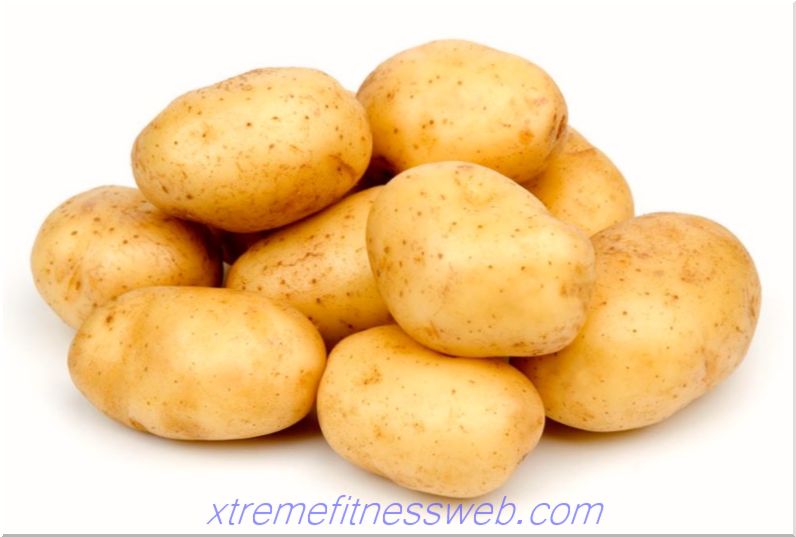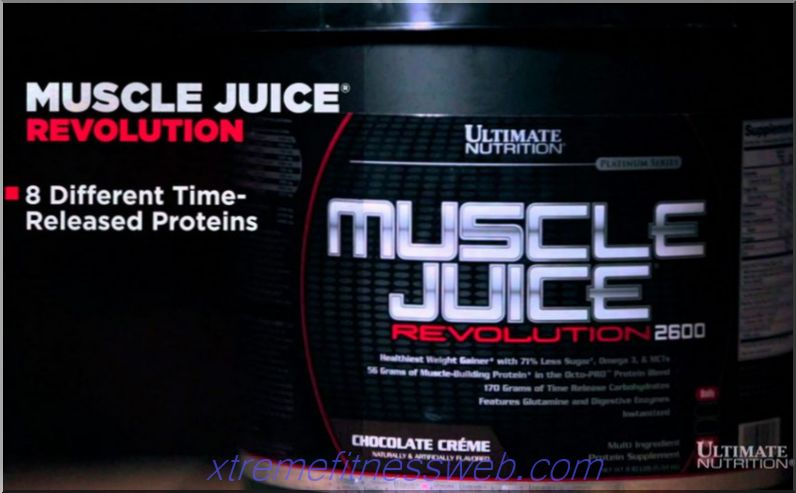
The main purpose of drying is to reduce subcutaneous fat and increase the relief of muscles. To achieve such a result becomes possible due to dietary restrictions and adherence to a certain diet. The competing bodybuilders have two main tools to achieve the best form for participating in competitions - mass gain and fat burning. The first period involves an increase in the consumed number of calories, since it is necessary to increase muscle mass, the second - a decrease in the diet of carbohydrates and fats, which allows you to get rid of excess fat.
The success of the drying is determined by two fundamental criteria:
- calorie restriction when the energy spent exceeds that obtained from food;
- maintaining a high rate of metabolic processes - metabolism.
And if calorie content decreases as a result of a reduction in carbohydrates, which determine the energy and nutritional value of products, then with the metabolic rate, if nutrients come in trimmed, everything is much more complicated. The nuance of how one can maintain the metabolic process at a high level is not always clear. In practice, there is a time-tested method for maintaining the metabolic rate, consisting in fractional nutrition, when bodybuilders participating in competitions eat 7 to 12 times a day. Regular workouts, conducted at the optimum frequency every other day, also contribute to this.
Holding a safe drying period

The sequence of calorie reduction implies that animal fats and fast (simple) carbohydrates are the first to be removed from the diet. Fats with carbohydrates continue to be reduced only in cases where the previous reduction in diet is not sufficient. It is necessary to observe the measure and reduce the energy value of the diet gradually, and not sharply, which can provoke a deterioration in well-being.
You should start by reducing your usual calorie content by 10% without any changes in the training schedule. This will allow you to lose a small amount of weight. If after a week of such a regimen not even one kilogram was lost, then the energy value of the diet is reduced by an additional 10%. And if 3000 calories were usually consumed, this number is reduced to 2700, and after a week they check the effectiveness of such a restriction. It is carbohydrates and a small amount of fat that should be reduced, and proteins should be left, since their deficiency can lead to rapid loss of muscle mass.
Drying is similar to diet, but it is aimed not at “extreme” weight loss, but at reducing subcutaneous fat while preserving muscle. This determines the type of physical activity that an athlete must adhere to during this period. Losing weight on drying does not mean that you need to run and do cardio. Jogging contributes to weight loss, but muscle tissue also goes away with kilograms. The reason for this is that on high-intensity cardio there is a sharp surge in the synthesis of stress hormones that have a catabolic (destructive) effect on the muscles.
To minimize loss of muscle tissue, you should train from 60 to 90 minutes, preferring anaerobic exercise. If the training lasts more than an hour and a half, then catabolic hormones begin to be synthesized. Instead of running, you can go brisk walking. An hour of such a load is enough to start the process of burning fat without affecting muscle fibers.
How many carbohydrates do you need to dry per day
To drying brought the maximum effect, the diet must be balanced. The menu should consist of carbohydrates 40-45% and at least 10% of vegetable fats. Carbohydrates are consumed exclusively slow, which are absorbed for a long time, well satisfy the hunger, constantly nourish the body. You can eat unsweetened fruit fruits, nuts, cereals, vegetables. Sweets, that is, fast carbohydrates, should be discarded altogether, since they are deposited in fat. We must not forget about protein, the amount of which is 1.5-2 grams per 1 kilogram of body weight of an athlete.







